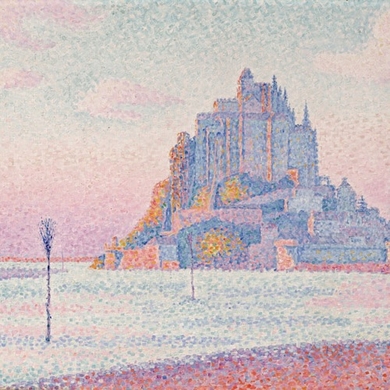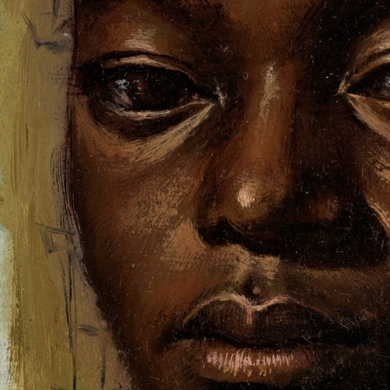J. M. W. Turner captured his country in flux. Caught within the romance of his oils and watercolors is the artist’s native Britain as he saw it: at war, transitioning from sail to steam, charging ahead into capitalism. As the world transformed around him Turner reacted by altering his style. Viewers can track the changes through more than 100 key works: brushstrokes get wilder; colors clash, less blended, reflecting the dizzying pace of the modernization taking place. At the time, Turner’s new approach shocked his contemporaries. Today, it’s the reason he’s considered Britain’s greatest landscape painter. This exhibition was organized by the Museum of Fine Arts, Boston, in association with Tate Britain and the Kimbell Art Museum; many paintings are on loan from American museums. But only Boston has the fiery 1840 masterpiece Slave Ship (Slavers Throwing Overboard the Dead and Dying, Typhoon Coming On). Horrifying and haunting, it is based on the true story of the Zong, a ship whose greedy captain, in 1781, threw sick slaves overboard for the insurance money. —Julia Vitale
Arts Intel Report
Turner's Modern World

When
Mar 27 – July 10, 2022
Where
Etc
J.M.W Turner, “Slave Ship (Slavers Throwing Overboard the Dead and Dying, Typhoon Coming On,” 1840. Photo courtesy of the Museum of Fine Arts, Boston.



